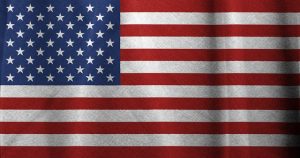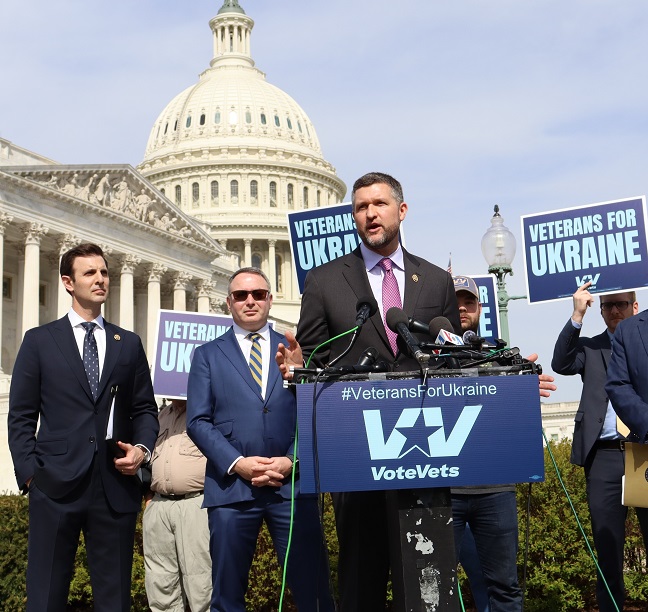During the height of the pandemic, then-Governor Andrew Cuomo allowed restaurants to sell alcoholic beverages “to-go.” In 2022, a temporary law allowed the practice to continue and Governor Kathy Hochul wants to make that option permanent. Governor Hochul included the “cocktails-to-go” amendment to her recently released Executive Budget Proposal and legislators are considering including it in the final adopted state budget. The current temporary law is in effect until 2025. Under the existing law, the consumer seeking a “to-go” beverage must also purchase a “substantial food item,” but the current regulation does not define what “substantial” means. Another restriction under the 2022 law says “to-go” alcoholic drinks must be sold “in a container with a secure lid or cap sealed in a manner designed to prevent consumption without removal of the lid or cap by breaking the seal.” The Empire Restaurant and Tavern Association, a group representing restaurants and bars throughout the state, is supporting the legislation. “The Governor was a big fan of cocktails-to-go so her advocacy for making it permanent is understandable – and appreciated,” read an association statement. The association is also supporting other changes to the State Liquor Authority that would move the licensing agency from its antiquated state into more modern times. These changes include allowing restaurants and taverns to purchase limited quantities of liquor from retail liquor stores rather than from distributors and eliminating the need to pour drinks from the original container into another container when they are ordered “to-go.” Finally, while the association is not looking for restaurants and taverns to become retail locations for alcohol purchases, they are calling for single and double servings of cocktails-in-a-can and bottles of wine to be allowed to be part of the “to-go” experience. The state legislature is set to adopt a budget by April 1st and it is common that non-spending items find themselves codified into law in the annual spending plan.






